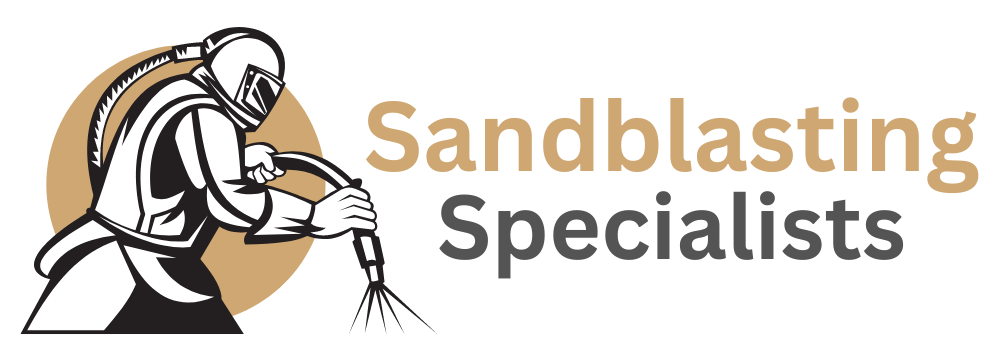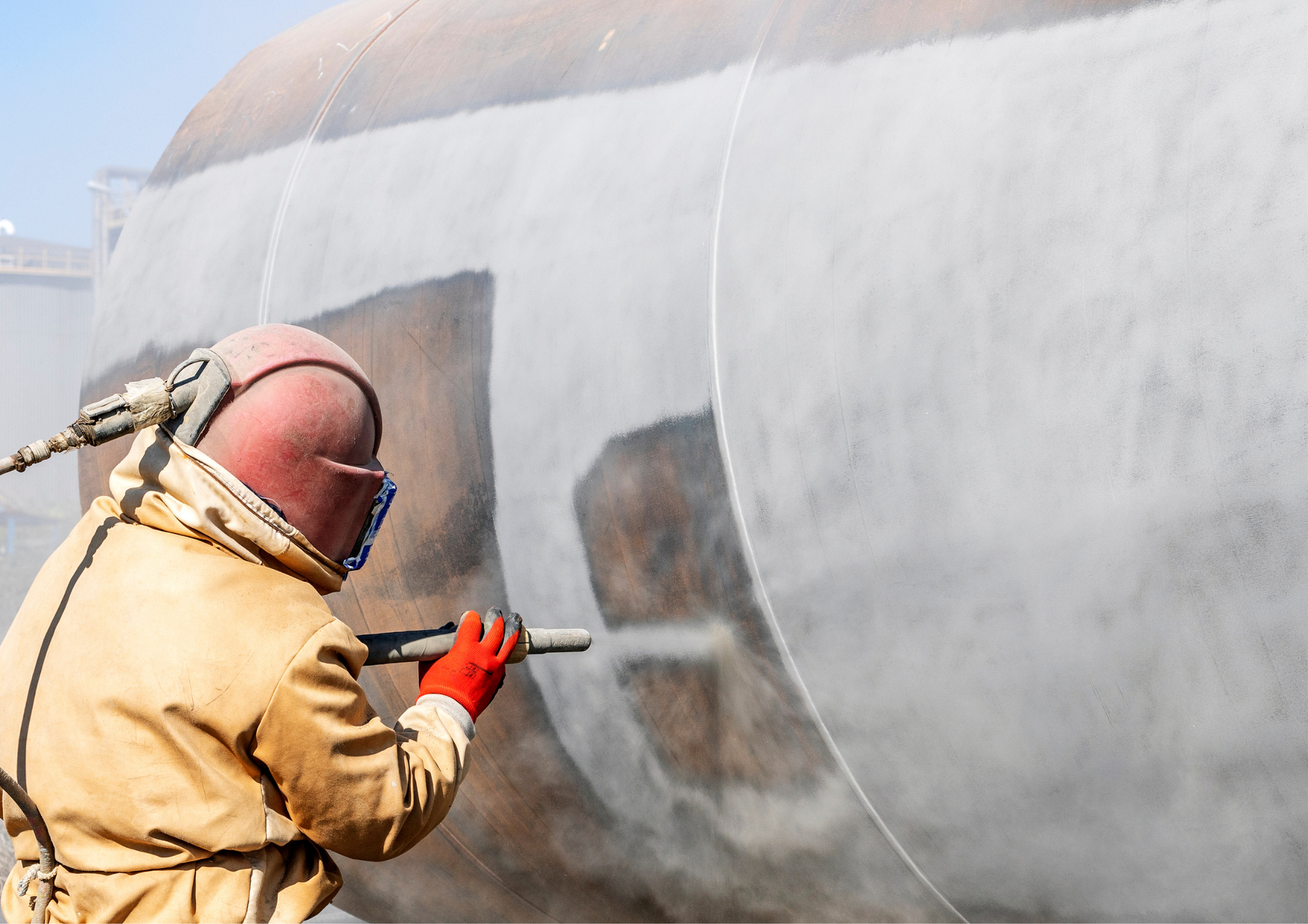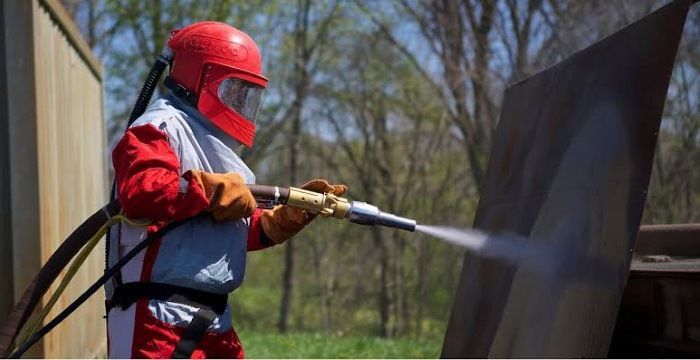Wet Sandblasting vs. Dry Sandblasting: Advantages and Disadvantages
Sandblasting, a widely used surface preparation and cleaning technique, has two primary forms: wet sandblasting and dry sandblasting. Both methods offer unique advantages and disadvantages, making them suitable for different applications. This comprehensive guide will delve into the nuances of wet and dry sandblasting, highlighting their benefits and drawbacks to help you make an informed decision for your next project.
What is Sandblasting?
Sandblasting, also known as abrasive blasting, involves propelling abrasive material against a surface under high pressure. This process removes contaminants, rust, paint, and other unwanted substances, leaving a clean, smooth surface. Sandblasting is essential in various industries, including construction, automotive, and marine, for preparing surfaces for painting, coating, or bonding.
Wet Sandblasting
Advantages of Wet Sandblasting
1. Dust Reduction: One of the most significant benefits of wet sandblasting is the substantial reduction in dust. The addition of water in the process suppresses dust, making it a safer option, especially in enclosed or urban environments.
2. Cooling Effect: The water used in wet sandblasting acts as a coolant, preventing the surface and the equipment from overheating. This feature is particularly useful when working on heat-sensitive materials.
3. Surface Preparation: Wet sandblasting effectively removes contaminants, rust, and old coatings. The water assists in washing away the debris, resulting in a cleaner surface ready for further treatment.
4. Versatility: Wet abrasive blasting can be used on a variety of surfaces, including metal, concrete, and wood. It is particularly advantageous for cleaning and preparing surfaces that are prone to dust damage.
Disadvantages of Wet Sandblasting
1. Water Usage: Wet blasting requires a significant amount of water, which can be a limitation in areas with water restrictions or scarcity.
2. Corrosion Risk: The presence of water increases the risk of corrosion, especially on metal surfaces. Proper drying and immediate post-blasting treatments are necessary to mitigate this risk.
3. Slurry Cleanup: The combination of abrasive material and water creates a slurry that must be cleaned up after the process. This can be time-consuming and may require additional equipment.
4. Cost:
The need for water supply, slurry cleanup, and potential corrosion treatments can increase the overall cost of wet sandblasting.
Dry Sandblasting
Advantages of Dry Sandblasting
1. Efficiency: Dry sandblasting is highly efficient and can quickly remove paint, rust, and other contaminants from surfaces. The absence of water means there is no drying time required, speeding up the process.
2. Less Equipment: Dry sandblasting requires less equipment because it does not require water tanks and pumps, making it easier to set up and transport.
3. No Risk of Corrosion: As there is no water involved, there is no risk of corrosion from the blasting process itself. This makes dry sandblasting ideal for metal surfaces where rust prevention is crucial.
4. Precise Control: Dry sandblasting allows for more precise control over the abrasive material and pressure, enabling detailed work on intricate surfaces and designs.
Disadvantages of Dry Sandblasting
1. Dust Production: The primary disadvantage of dry blasting is the significant amount of dust produced. This can pose health hazards and require extensive containment and ventilation measures.
2. Heat Generation: The friction from the abrasive material can generate heat, which may damage heat-sensitive surfaces or materials.
3. Limited Surface Compatibility: Dry sandblasting may not be suitable for all surfaces, particularly those that are sensitive to heat or abrasive damage.
4. Environmental Concerns: The dust generated from dry sandblasting can contribute to air pollution and may require additional measures to comply with environmental regulations.
Choosing the Right Method
The choice between wet and dry sandblasting depends on several factors, including the specific requirements of your project, environmental considerations, and budget constraints. Here are some scenarios where one method may be preferred over the other:
- Urban or Enclosed Spaces: Wet sandblasting is ideal due to its dust suppression capabilities, making it safer for operators and bystanders.
- Heat-Sensitive Surfaces: Wet sandblasting's cooling effect makes it suitable for surfaces that could be damaged by heat.
- Large-Scale Industrial Projects: Dry sandblasting may be more efficient for large-scale projects where speed and efficiency are critical.
- Detailed Work: Dry sandblasting offers precise control, making it suitable for intricate designs and delicate surfaces.
Both wet and dry abrasive sandblasting have their distinct advantages and disadvantages. Wet sandblasting excels in environments where dust control and heat management are priorities, while dry sandblasting offers speed and precision for large-scale or detailed projects. Understanding the specific needs of your project will help you choose the most appropriate method.
Sandblasting Specialists should be your first choice for those looking to undertake sandblasting projects in Leeds and Bradford area. Our expertise, state-of-the-art equipment, and commitment to safety and quality ensure that your surfaces are treated with the utmost care and precision.Simply search "sandblasting near me" on the internet to find us!
Check out our latest GBP update about the comparison of wet and dry sandblasting.



